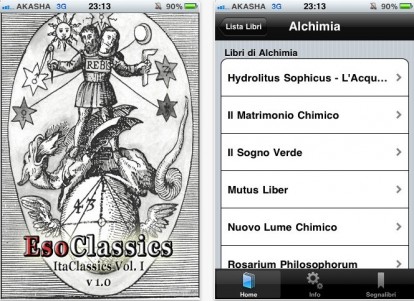The London Express of Friday, June 24, carries a review of Fanny Moyle’s biography, Constance, about Constance Wilde, wife of Oscar Wilde, published in the U.K. by John Murray. The reviewer says:
There is a wonderful episode which brings the whole era alive. She and Oscar are at the opening of Dorothy’s, a restaurant exclusively for women in Oxford Street and they are at Madame Blavatsky’s table talking theosophy. Soon after, Constance joins the Hermetic Order of the Golden Dawn.
The Dorothy restaurants were the project of a pupil of Mme. Blavatsky’s, Isabel Cooper-Oakley, who operated two Dorothy restaurants in London, one for West End working girls and one for ladies, which opened until 10 PM with good food “in secure surroundings.” HPB had wanted Oscar Wilde to review her Key to Theosophy, but nothing came of this.
Constance Wilde and her son, Cyril, in 1889


